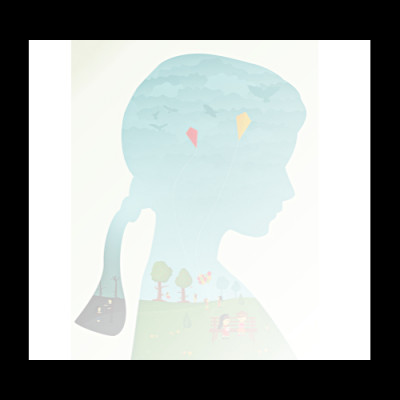Girl Child Issues to re-consider

Whenever we think of the treatment of a girl child, in the fraction of a moment we recall the famous 'Mina Cartoon' and surprisingly the situation is quite the same in Bangladesh. As the socio-cultural environment contains persistent gender discrimination, girls face obstacles almost in every sphere of their life. They are often considered to be financial burdens on their family, and from the time of birth, they receive less attention for their health, care and education.
With the advent of puberty, differences in the ways that adolescent girls and boys are treated become much more evident. Adolescence is not viewed as a distinct phase of life; the beginning of physical maturity is rather seen as an abrupt shift from childhood to adulthood. At youth, girls' mobility is often restricted, which limits their access to education, social activities and perhaps even livelihood.
Bangladesh has one of the highest rates of child marriage worldwide, and this high rate mostly constitutes girls of 15 years. 65 per cent of female population is married off by their 18 years of age and 29 per cent by the age of 15. While the practice of child marriage has decreased in Bangladesh over the last 30 years, it is still common in rural areas and urban slums, especially among the poor where many families believe that the onset of puberty signifies readiness for marriage.
Though there have been some modest improvements in past decades, but the nutritional status of girls in Bangladesh remains alarming. Almost one-third of women of reproductive age have a body mass index less than 18.5; this means they are very underweight. Even among the wealthiest quintile of society, 13 per cent of girls are underweight. Inadequate intake of food and poor diet are the primary causes of malnutrition. Anemia is a severe public health problem which is experienced by 30 per cent of adolescent girls.
Domestic violence continues to be an omnipresent problem for the security of girls; includes beating, physical assault and sexual violence etc. Moreover, Adolescent girls are often victims of 'eve teasing' or sexual harassment and are not prepared to face such situations. The violence can also take the form of acid attacks. Miserably to add, suicide is also common among girls aged between 14-17 years. The Bangladesh Health and Injury Survey reported that about 1500 girls committed suicide due to eve-teasing in recent years.
In education sector, we still have not been able to reach out to nearly 10 percent of our female population. The exclusion of nearly 1.5 million girls can be construed as a violation of the fundamental and basic right of education for every child.
Being a signatory of Conventions on the Rights of Children (CRC), Bangladesh is under obligation to eliminate discrimination of all kinds among children. Article 2 paragraph 1 of the CRC provides that States should respect and ensure the rights set forth in the Convention to each child within their jurisdiction without discrimination of any kind. Children Act 2013 was passed to ensure overall protection of the children and their rights. But the National Child Policy 2011 specially addressed that the following steps should be taken to remove or eliminate the existing discrimination between a male and a girl child from our socio-economic perspective:
* Necessary rights of the female child shall be ensured for proper development of their physical and mental health.
* All discriminatory behavior towards female child shall be eliminated and gender equality in the family shall be ensured.
* Regular attendance of female children in educational institutions shall be ensured.
* Necessary arrangements shall be ensured so that the female children do not victimize of any sexual harassment, pornography and physical and mental abuses in various situations such as in the streets including inside educational institutions.
* Safe and quality recreation, sports and cultural practice facilities shall be ensured.
* The elimination of discriminatory attitude to disabled female children and safety in all areas shall be ensured.
Nevertheless, education, eradication of poverty and the meaningful participation of girls are key factors in breaking the cycle of discrimination and violence. Moreover empowering girls requires their active participation in decision-making processes. Their active support and engagement with the state, parents, families and other care providers can bring positive changes in our society.
The writer is Lecturer of Law Bangladesh Open University.


 For all latest news, follow The Daily Star's Google News channel.
For all latest news, follow The Daily Star's Google News channel. 



Comments